Vine diseases don’t care if you treat your vineyard in a conventional, integrated or organic way. The only thing you can be sure about is that you will have them, no matter what. While conventional growers fight diseases with synthetic fungicides, organic growers have to search for more nature-friendly solutions.
Powdery mildew is probably one of the most serious grapevine fungal diseases worldwide. It is present in almost every vineyard and represents the biggest challenge for organic wine producers to fight with. To determine the timeframe in which the disease is most susceptible, the organic wine growers are using disease predictive models.
Which actions can organic wine growers take in order to successfully manage powdery mildew?
1. (Micro) climate
Humidity, air drainage, and wind exposure are influencing vineyard humidity and the drying rate of vine foliage. In general, regions with hot, dry, sunny climates are less favourable for powdery mildew.
2. Row orientation & Canopy structure
The goal is to create an environment less favourable for powdery mildew and other diseases, which means a reduction of the humidity level as much as possible. We can achieve that by adjusting the canopy structure; it should be opened and designed to maximize exposure of the foliage to sunlight and to maximize air movement. We can increase air movement in the rows if we face the end of the rows into the prevailing wind. If the canopy is properly managed, we can also reduce levels of shading and improve spray application efficiency and distribution throughout the canopy.
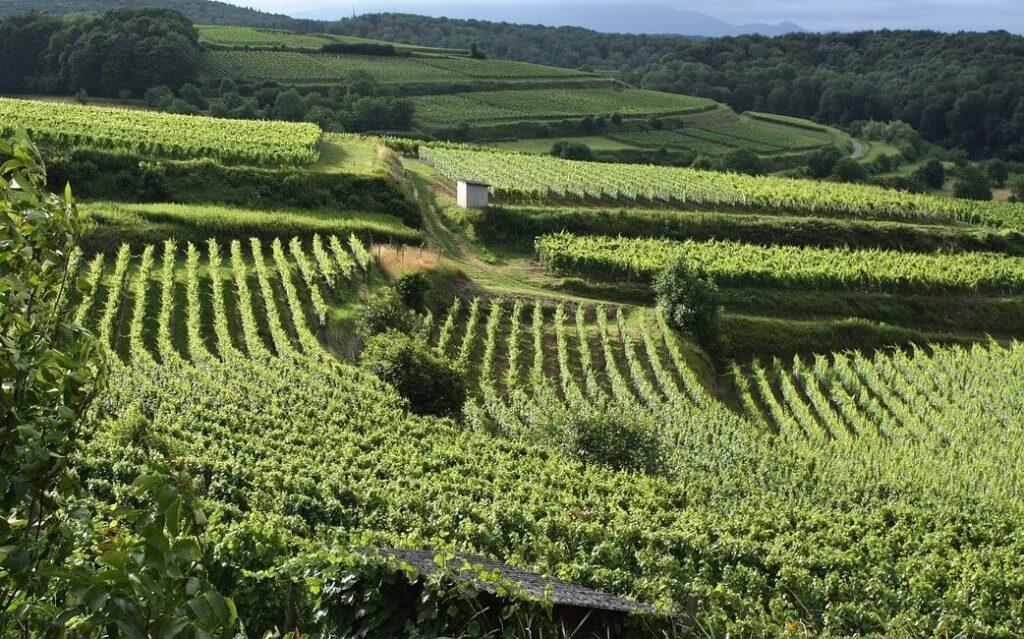
3. Flag shoot removal
Cleistothecia that overwintered on the grapevine is the primary source of powdery mildew. First, infections come from flag shoots, and removing them can significantly decrease the number of necessary sprays. This early season task minimizes early spore production and so reduces the impact of powdery mildew.
4. Spraying
• Sulphur is probably the most used spray against Powdery mildew in organic wine growing. It does not kill the fungus itself. It is used to prevent the vines from being infected.
• Potassium bicarbonate disrupts the cell walls, causing the fungi hyphae and spores to collapse. Usually, it is applied with canola oil to control powdery mildew. PB does not protect the vine against new infections and requires more frequent application than sulfur.
• Other alternative fungicides such as various oils, dilute hydrogen peroxide, sodium salt and diluted milk can be as effective as sulfur, but they are often suggested for use under certain conditions such as low to moderate disease pressure.
Conclusion
Fighting Powderly mildew in an organic way is no longer a fairytale for naive » eco-trend « buyers. It is real, and organic wine growers practice it. Good vineyard management software with a disease prediction system and regular monitoring of the vineyard are key factors winegrowers need to pay attention to in order to win the fight against powdery mildew and other vine diseases and to produce wines of excellent quality.
Sources:
- Fighting Disease Organically. On Wines&Vines WineBusiness, accessed online in October 2015.
- Janet Raloff. A Dairy Solution to Mildew Woes. On Science News. Accessed online in October 2015.
- Organic Farming: Managing Grapevine Powdery Mildew. Department of Environment and Primary Industries, Melbourne, Victoria. Available online. Accessed October 2015.
- Scott, E., et al. Sustainable Control of Powdery and Downy Mildew Diseases of Grapevine and Impacts of Control on Wine Quality and Vineyard Health. Final Report to Project UA03/03. University of Adelaide, 2007.
- Featured image by Mark Stebnicki

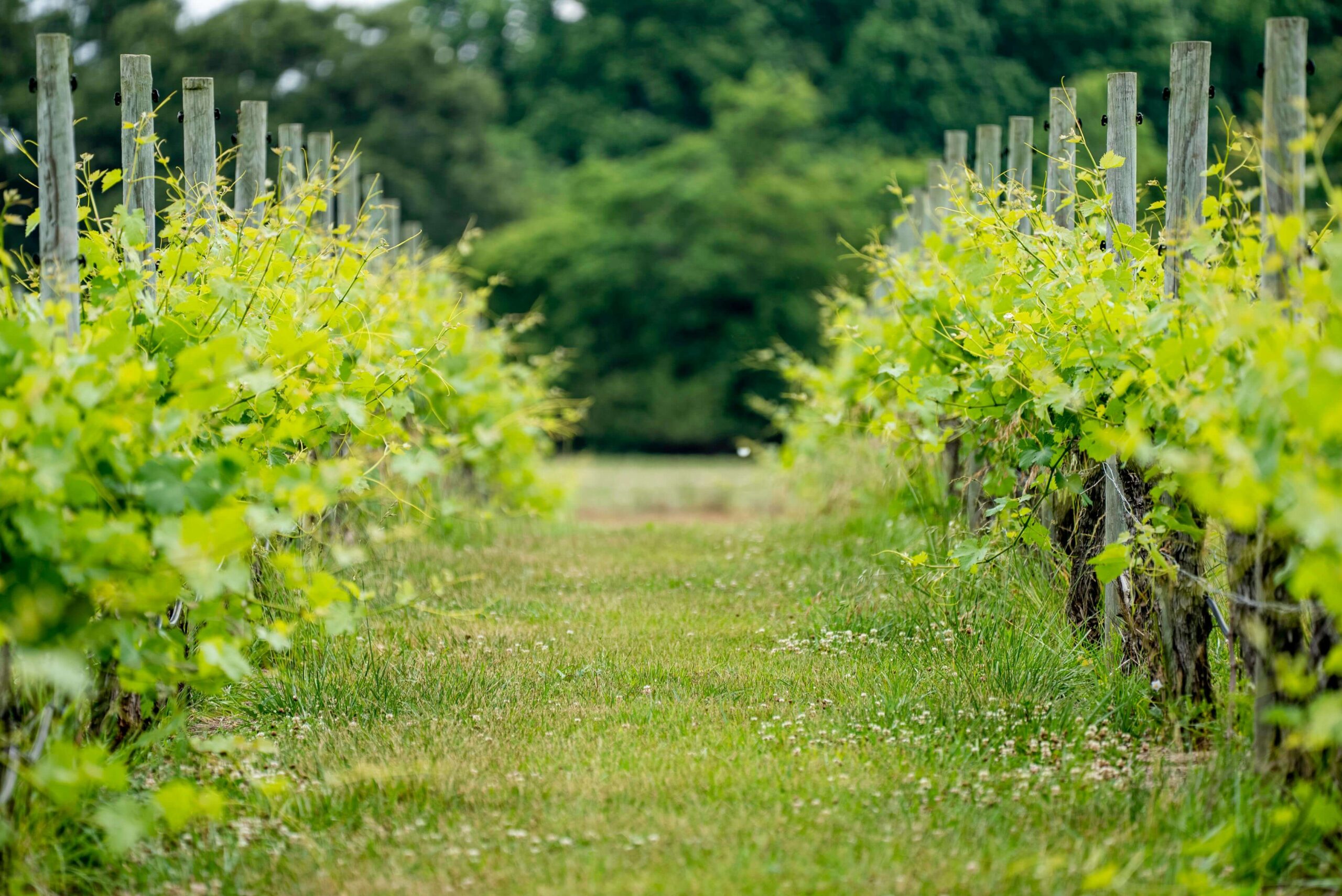
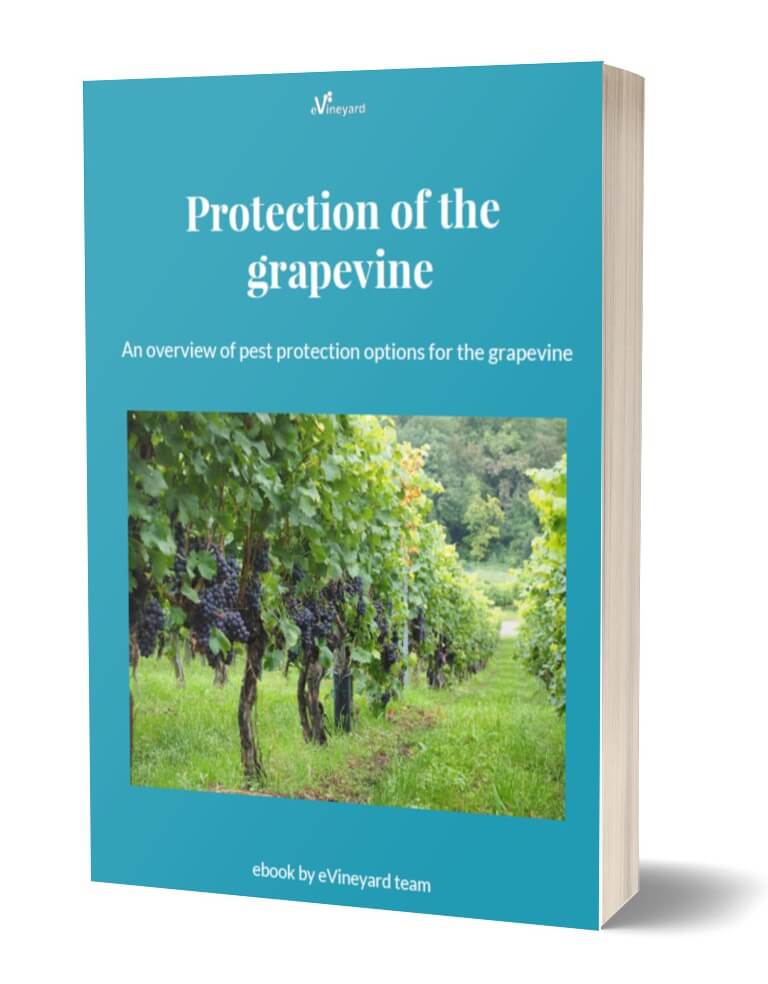
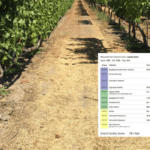

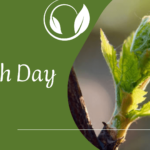
3 responses to “Managing powdery mildew – organic way”
A few weeks ago I passed a vineyard where a large rose bush has been planted at either end of each row of vines. This was on a South-facing slope above Hathersage in the Peak District near Sheffield. I thought this was an unusual decorative approach. However, this evening on a television programme about the preamble to Chelsea Flower Show one of the guests commented that he was planting vines interspersed with roses as a fungus control measure. I can’t find any other references to this unorthodox but organic technique. Can anyone help me?
Hello Nick, yes, doesn’t vineyard with roses look soo nice? So in the past, the roses were planted at the end of the rows for 2 reasons.
The first reason is that roses get attacked by insects like aphids as well as fungal diseases like downy mildew before the vines do. Therefore once the roses got mildew, the winegrowers knew they needed to pay attention and protected vines. They used roses as an early warning system for vines protection. This is not a case anymore since now we know that powdery mildew that roses are susceptible to, is not the same as vines, plus with the weather station and disease models, winegrowers can now very precisely determine the spray timing.
The second reason for planting roses at the end of the vine row was that in the past vineyards were plowed with the help of animals, usually horses. The roses were there to ensure horses turned properly at the end of the rows without damaging the last vine in the row.
Nowadays roses are planted merely because of the tradition and its beauty. As you notice, roses are a nice decoration for the vineyard.
Hello, I’ve just discovered that my huge grapevines have both got powdery mildew. They form a beautiful canopy outside on my pagola and I would hate to lose them. When is the best time of the year to treat them? Thankyou, Lucinda